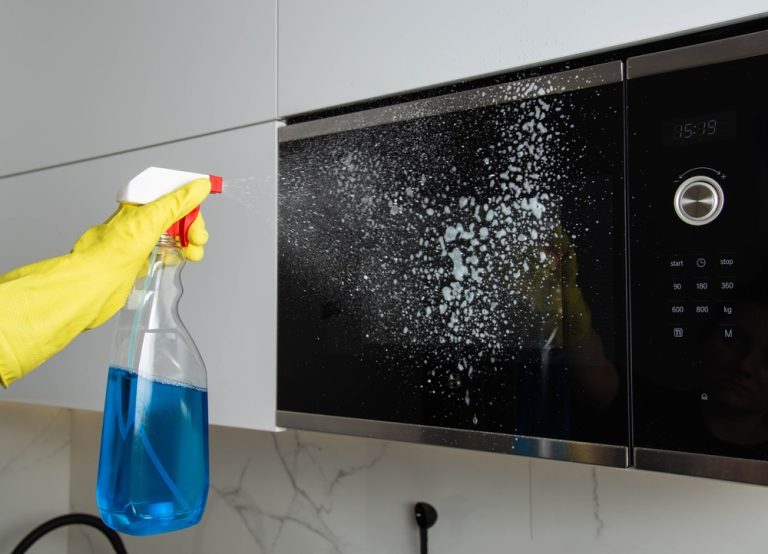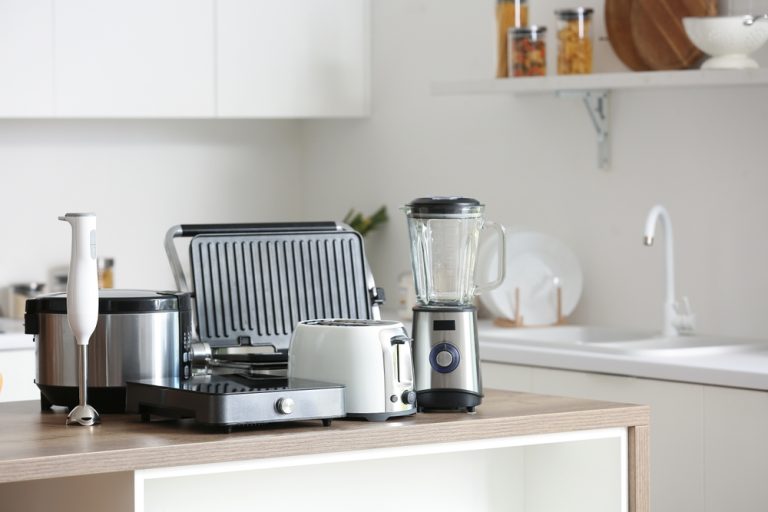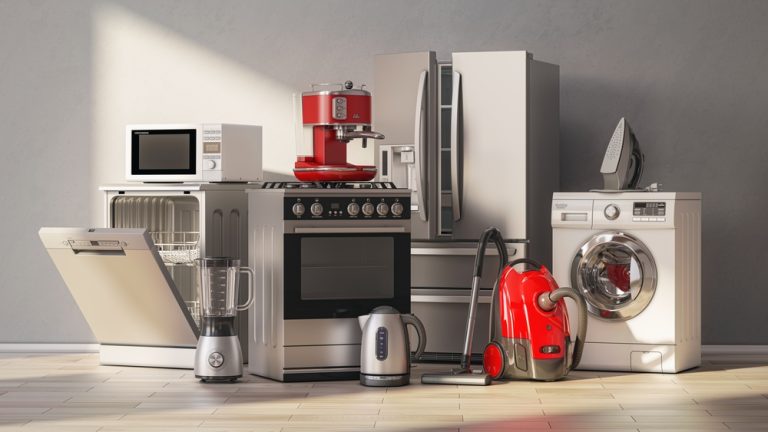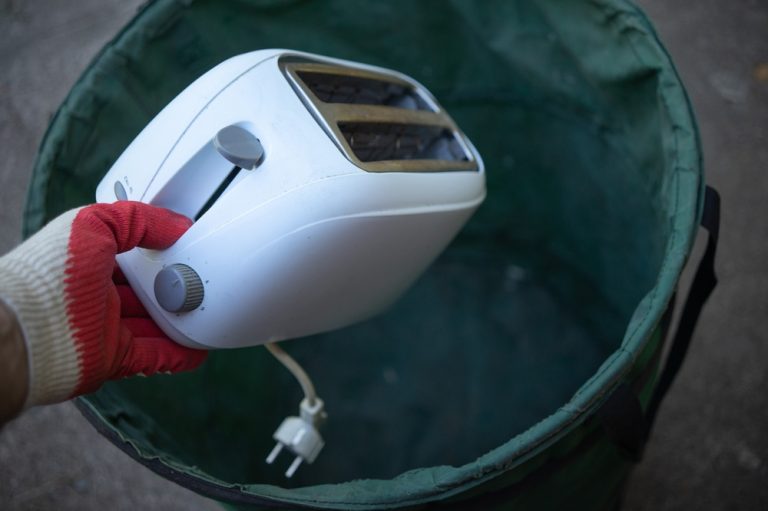How Many Small Appliance Circuits Are Required in a Kitchen?
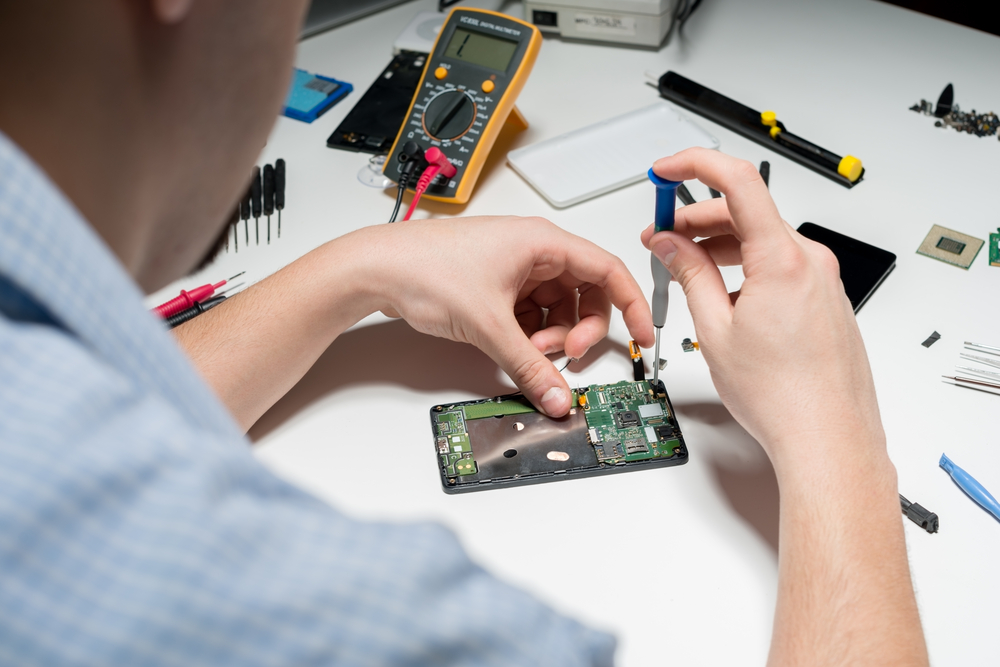
When designing or renovating a kitchen, one of the most important considerations is electrical wiring. Kitchen appliances often demand high electrical loads, and having the right number of circuits is essential for safety and functionality. So, how many small appliance circuits are required in a kitchen?
According to electrical codes, the standard requirement is two dedicated circuits for small appliances. However, depending on the size of your kitchen and the number of appliances, you may need more than just the standard minimum.
In this blog, we’ll explain what small appliance circuits are, how many you need, and why proper planning is crucial.
What Are Small Appliance Circuits?
Before diving into how many circuits are required, it’s important to understand what small appliance circuits are. Small appliance circuits are dedicated electrical circuits designed to power kitchen appliances like toasters, blenders, and coffee makers. These circuits are separate from those used for lighting or larger appliances such as refrigerators or dishwashers.
Why Are They Important?
Small appliance circuits are designed to prevent electrical overloads. Since appliances can draw significant amounts of power, having dedicated circuits ensures that your kitchen functions smoothly without causing breakers to trip or risking electrical fires.
National Electrical Code (NEC) Requirements
The NEC sets the minimum standards for electrical installations in homes across the United States. When determining how many small appliance circuits are required in a kitchen, the NEC has clear guidelines.
Minimum Requirement
The NEC specifies that a kitchen must have at least two 20-amp small appliance circuits. These circuits should be dedicated solely to small appliances, such as microwaves, blenders, and toasters, and must not be shared with other electrical needs, like lighting or large appliances.
Why 20-Amp Circuits?
A 20-amp circuit provides sufficient power to handle multiple small appliances running simultaneously without overloading the circuit. Most small appliances require 15 to 20 amps to operate, and having two circuits helps distribute the load evenly.
Also Read – What is the Best Brand of Kitchen Appliances?
Why Two Circuits Might Not Be Enough?
While the NEC requires a minimum of two 20-amp circuits, the reality is that many modern kitchens might need more. As kitchens become more appliance-heavy, particularly with new technology and smart devices, the electrical demand has increased.
Multiple Appliances at Once
Think about a typical morning when you might use a coffee maker, toaster, and blender simultaneously. Each of these appliances could draw significant power, and using them all at once can cause an overload if the circuits are not adequate.
Additional Circuits for Modern Kitchens
In larger kitchens or those with many built-in small appliances, it’s advisable to install more than two circuits. Adding a third or even a fourth circuit can provide extra capacity and flexibility, ensuring that you never have to worry about tripping a breaker when multiple appliances are in use.
Factors That Determine the Number of Circuits You Need
When planning how many small appliance circuits are required in a kitchen, several factors come into play. While the NEC provides minimum guidelines, the actual number of circuits you need will depend on the size of your kitchen and the number of appliances you use.
Size of the Kitchen
Larger kitchens with more countertop space typically need more circuits. This is because a bigger kitchen can accommodate more appliances, which translates to a higher demand for electricity. A smaller kitchen with minimal counter space might be fine with the standard two circuits, but a larger kitchen might require three or four.
Number of Appliances
The number of small appliances you use will also impact the number of circuits required. If your kitchen setup includes multiple small appliances such as a toaster, air fryer, blender, microwave, and coffee maker, having additional circuits is a must to prevent overload.
Kitchen Layout
In some kitchens, the layout can affect the distribution of outlets and circuits. For example, a kitchen with an island or a long countertop might benefit from having more than two circuits to ensure that appliances can be plugged in and used efficiently throughout the space.
Specialty Appliances and Dedicated Circuits
In addition to the standard small appliance circuits, some specialty appliances might require their own dedicated circuit. Appliances like microwaves, wall ovens, and built-in coffee makers can demand more power than a typical small appliance, meaning they should have their own circuit to prevent electrical overloads.
Microwaves and Built-In Coffee Makers
Many microwaves and built-in coffee makers require more than 15 or 20 amps of power. In these cases, you may need a separate dedicated circuit for each appliance, in addition to the standard small appliance circuits. This ensures that the larger appliances do not interfere with the performance of smaller ones.
Tips for Planning Kitchen Circuits
When figuring out how many small appliance circuits are required in a kitchen, planning ahead is key. Here are some tips to help you determine the right number of circuits for your space:
Work with an Electrician
The best way to determine how many circuits your kitchen needs is to consult with a licensed electrician. They can assess your kitchen layout, the number of appliances you plan to use, and your electrical panel’s capacity to ensure you have enough circuits for safe and efficient operation.
Add Extra Circuits if You’re Remodeling
If you’re remodeling your kitchen, it’s a good idea to add more circuits than you think you’ll need. Adding circuits during the construction phase is easier and more cost-effective than upgrading them later. Consider future-proofing your kitchen by installing at least three small appliance circuits.
Plan for the Future
Even if you don’t have a lot of appliances now, think about what you might add in the future. As new kitchen gadgets and technology become available, you’ll want to ensure that your kitchen is equipped to handle the extra load. Planning for additional circuits now can save you from costly upgrades down the road.
Conclusion
So, how many small appliance circuits are required in a kitchen? The NEC mandates at least two 20-amp circuits, but many modern kitchens benefit from having three or more circuits to accommodate today’s wide range of small appliances. When planning your kitchen’s electrical setup, it’s important to consider the size of your kitchen, the number of appliances you use, and any specialty appliances that may require their own dedicated circuits.
By working with an electrician and planning for future needs, you can ensure that your kitchen is safe, functional, and able to handle all your electrical demands.



